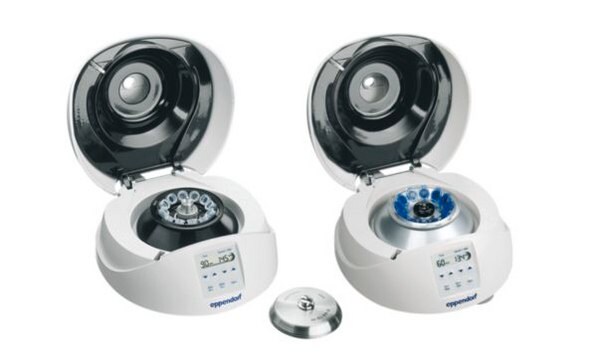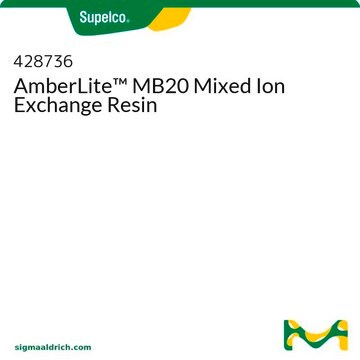54809
Mono P® 5/50 GL
10 μm particle size, L × I.D. 5 cm × 5 mm
Synonyme(s) :
Colonnes d’échange d’ions Amersham Biosciences
Se connecterpour consulter vos tarifs contractuels et ceux de votre entreprise/organisme
About This Item
Code UNSPSC :
23151817
Nomenclature NACRES :
NA.56
Produits recommandés
L × D.I.
5 cm × 5 mm
Matrice
MonoBeads
Groupe de la matrice active
amphoteric
Taille des particules
10 μm
Compatibilité
mode of use ion exchange
Vous recherchez des produits similaires ? Visite Guide de comparaison des produits
Description générale
Mono columns are highly efficient, pH-stable columns designed for high performance ion exchange separations of proteins, peptides, and polynucleotides. The unique properties of these columns are based on MonoBeads support, a beaded hydrophilic material with the narrowest particle size distribution of any chromatographic support. This monodispersity permits high flow rates at relatively low backpressures.
Application
Mono columns are used in peptide mapping and monoclonal antibody purification. Mono P columns have been used to purify homogenous forms of fungal peroxygenase and to investigate separation of DNA restriction fragments.
Informations légales
Mono P is a registered trademark of Cytiva
Choose from one of the most recent versions:
Certificats d'analyse (COA)
Lot/Batch Number
Sorry, we don't have COAs for this product available online at this time.
If you need assistance, please contact Service Clients
Déjà en possession de ce produit ?
Retrouvez la documentation relative aux produits que vous avez récemment achetés dans la Bibliothèque de documents.
René Ullrich et al.
Biotechnology journal, 4(11), 1619-1626 (2009-07-09)
Extracellular peroxygenase from the agaric fungus Agrocybe aegerita is a versatile biocatalyst that oxygenates various substrates by means of hydrogen peroxide. The enzyme is routinely produced in suspensions of soybean meal and has until now been purified by several steps
E Westman et al.
Analytical biochemistry, 166(1), 158-171 (1987-10-01)
Separation of DNA restriction fragments by FPLC ion-exchange chromatography on Mono Q and Mono P columns was investigated. The columns were found to be particularly suitable for the separation of fragments up to 500-600 bp long. Larger fragments can also
Notre équipe de scientifiques dispose d'une expérience dans tous les secteurs de la recherche, notamment en sciences de la vie, science des matériaux, synthèse chimique, chromatographie, analyse et dans de nombreux autres domaines..
Contacter notre Service technique








